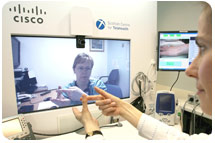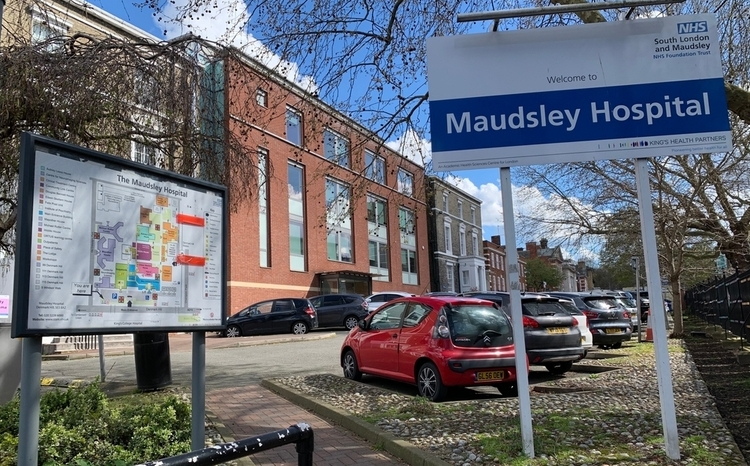That was the year in primary care IT
- 29 December 2008
Fiona Barr, editor of E-Health Insider Primary Care, takes a look over the stories of the year and picks out some of its themes.
If a year sometimes ends as it begins, then 2008 is a prime example as far as primary care IT is concerned. In January, there was the promise of an investigation into the use of revenue-sharing 084 numbers in the NHS, preparations for Release 2 of the Electronic Prescription Service and problems with hospitals’ management of Choose and Book.
Twelve months down the line, the government’s has just launched a consultation on 084 numbers , plans are finally getting underway to start implementation of EPS R2, and there are reports of some improvements in Choose and Book slot availability – although there is more that could be done.
What makes the last 12 months more extraordinary is that the vision of single, strategic solutions across primary and secondary care seemed to get less and less likely. As the year draws to a close, the primary care world awaits the outcome of the latest round of local service provider contract negotiations, but a future based on schemes with interoperability between hospital and GP supplier systems looks more and more likely.
 Local service providers
Local service providers
The year started with three local service providers and ended with two as Fujitsu, LSP for the South of England, dropped out of the National programme for IT in the NHS after failed contract talks. The other two LSPs – BT in London and CSC in the North, East and Midlands – remain locked in negotiations.
In primary care, there is a suggestion that BT will drop responsibility for primary care systems, while in the South it emerged that Fujitsu never had a contract for primary care anyway.
This has left CSC as the most successful LSP; it has deployed TPP’s SystmOne to more than 700 GP practices and in March it said its intention was to integrate SystmOne into the Lorenzo strategic care records service.
How the current negotiations will end – and what it will mean for primary care – remains to be seen, but interoperability of hospital systems with SystmOne and the primary care systems provided by INPS, EMIS and iSoft now seems much more likely than ever before.
Projects such as the EMIS-led scheme in Liverpool are examples of companies delivering shared care records outside the national programme. EMIS and INPS have also announced that they will work with out-of-hours provider Adastra to deliver integrated systems for GP-led health centres.
GP Systems of Choice
If interoperability becomes more and more commonplace, part of the reason will be the success of the GP Systems of Choice scheme, which had signed up 94% of eligible practices by the end of March – securing the future of existing systems and providing security to practices as well.
However, an outstanding issue is the primary care trust-practice agreements that sit alongside GPSoC and are expected to be signed by all practices. In October just 25% had been signed.

June saw the launch of Lord Darzi’s much-awaited report on the future of the NHS. The surgeon and government minister focused on the need to drive up quality and outcomes in the health service and put forward a series of ideas for greater choice and better information for both staff and patients that are likely to be heavily reliant on IT.
Patient empowerment was a theme Prime Minister Gordon Brown first mooted in January, with a speech pledging a more preventative and personal NHS. On a similar theme, the Whole System Demonstrator Programme got underway in May to test out telehealth and telecare with 6,000 people; providing the biggest ever UK trial of such technology.
NHS Summary Care Record
The NHS Summary Care Record is the NHS Connecting for Health project that has undergone the most change this year. Its implied consent model had been heavily criticised for more than two years by campaigners and doctors, and an independent evaluation of the SCR, published in May, called for an urgent review.
Since then, CfH has bowed to pressure and agreed to change the consent model to include a ‘consent to view’ system at each medical encounter. This has received a warmer welcome from clinicians. The sixth and final early adopter PCT began its deployment of the SCR in December and clinical director Dr Gillian Braunold believes that the government’s pledge to complete roll-out in two years from April 2009 is realistic.

There has been a mixed bag of results from other CfH programmes. GP2GP transfer of records remains one of the most successful, with 100,000 transfers completed in April. The promise for next year is that developments in supplier systems will enable more transfers in 2009-10, as the system is currently only being delivered by EMIS and INPS.
On Choose and Book, usage grew to 50% early in 2008, but has remained stuck at that level ever since. Progress has been reported on some of the problems that seem to be holding up further progress, such as slot availability – but the political urgency to meet the previous target of 90% use of Choose and Book seems to have disappeared.
The Electronic Prescription Service has probably seen least success. In January, CfH admitted that it was running six months late with Release 2, but that it hoped to launch initial implementer sites in the spring or the summer. Twelve months later, the NHS is still waiting for the first sites to try out R2, with the latest plans suggesting go live will begin early in 2009.
Beyond England
In Scotland, the government is to set up a national framework contract for GP systems and has promised to launch a procurement for an IT system or systems to replace GPASS. Its pharmacy division has announced that more than half of all prescriptions are now being sent electronically.
In Wales, Informing Heathcare got on with its Individual Health Record project, which seems to have been more successful than its English equivalent on clinical buy-in – although its contractor in North West and South West Wales, CSW Health, went into administration at the end of October.
In Northern Ireland, the Department of Health and Social Services issued a tender in May for the supply of telehealth services covering 5,000 people and in April it launched its Emergency Care Record project.




